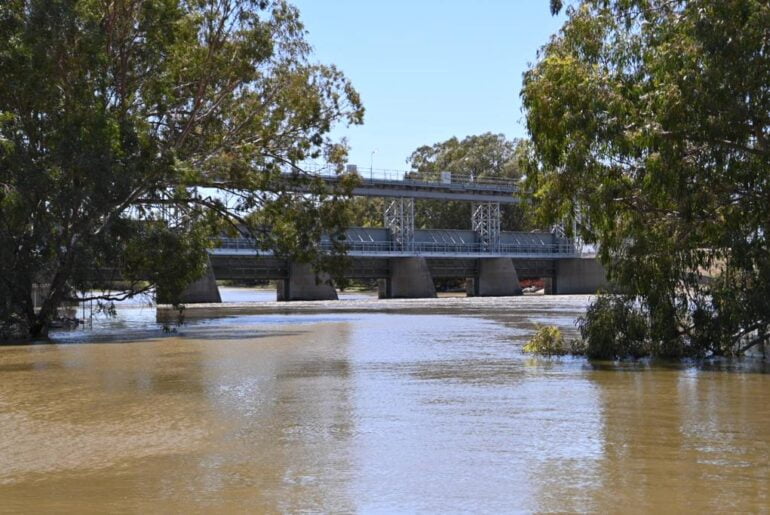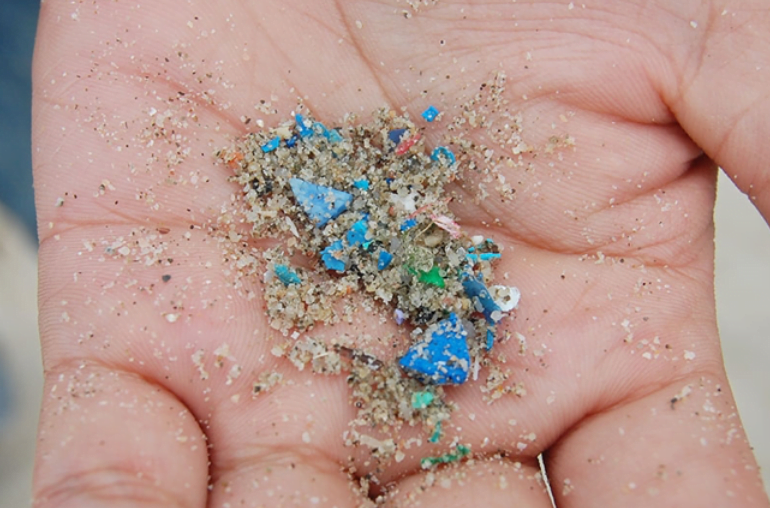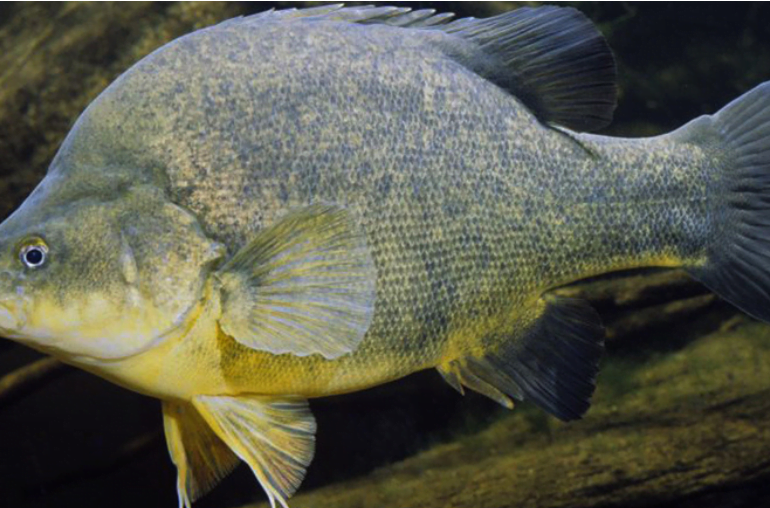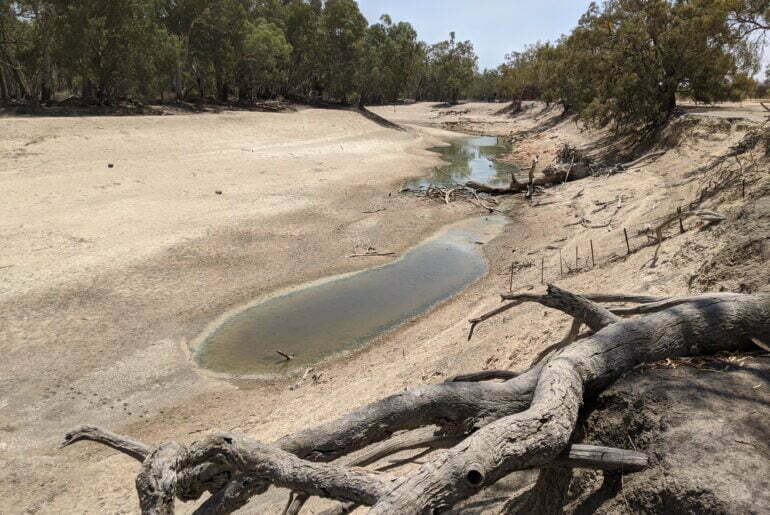The importance of this Recovery Reach
The Lower Darling River is significant for native fish in the Murray-Darling Basin. Iconic species such as Golden perch, Murray cod, Silver perch and Freshwater catfish, as well as a number of important small-bodied native fish species, live in this special river. The Darling River supports the breeding and recruitment (growth and survival) of fish, with Golden perch adults, for example, spawning upstream so that larvae and young fish drift downstream. As they drift they grow, so by the time they reach the Menindee Lakes, there are juveniles and adults able to repopulate, both in an upstream and downstream direction. Recent science demonstrates that Golden perch in the Murray system (from Echuca down to the Lower Lakes in South Australia) are often those that began life in the Darling River.
The Lower Darling River Murray cod population is particularly important for the recovery of adjacent populations in the mid and lower Murray River system that in recent years, have suffered severe declines with blackwater fish deaths across thousands of river kilometres.
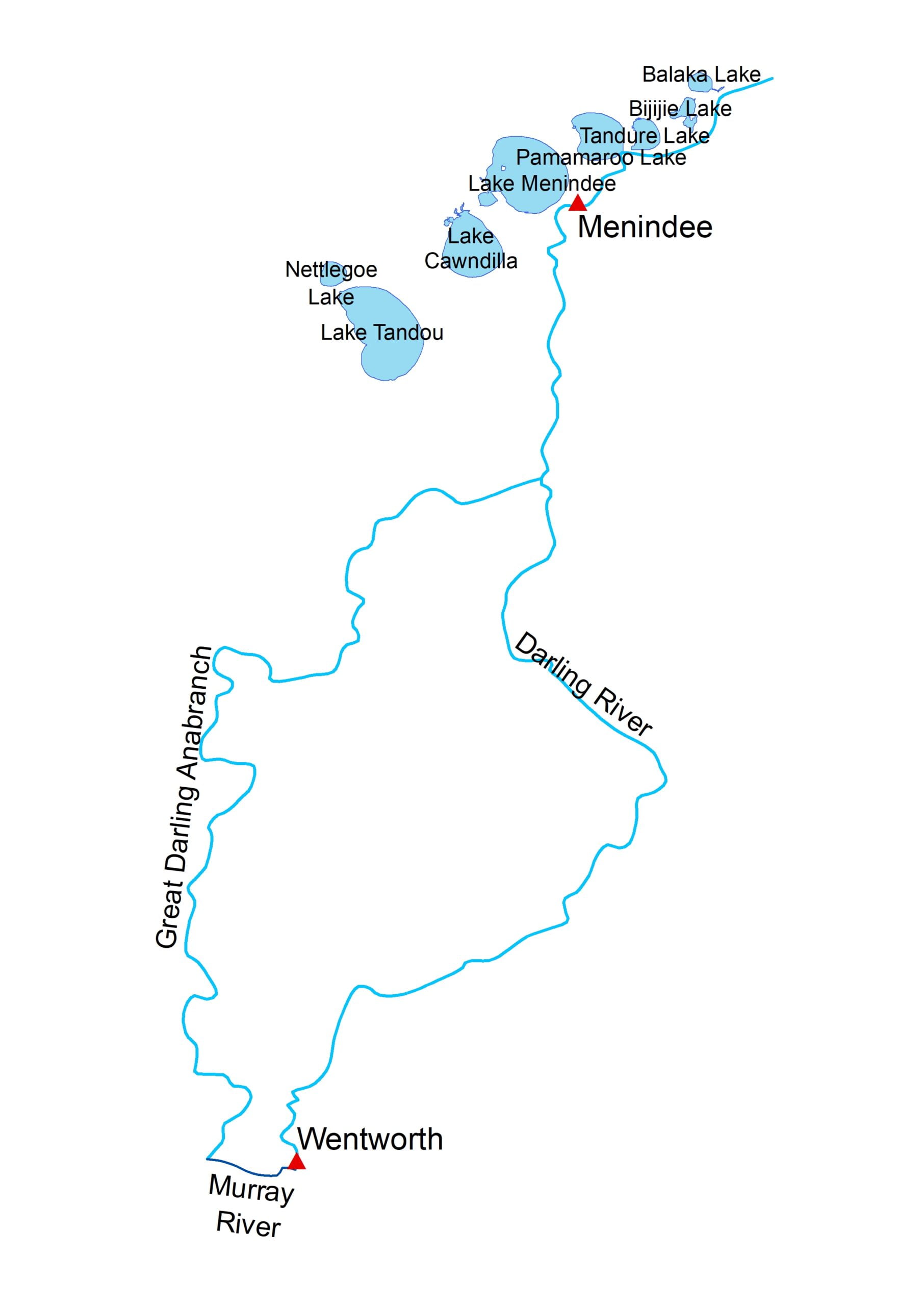

Recovering the Lower Darling
NSW Department of Primary Industry, in collaboration with other State and Commonwealth agencies and organisations, are implementing management actions to protect and recover native fish populations. These actions include:
Short term:
- Water quality monitoring to inform real time water management an minimise risk to fish stocks
- Identification and mapping of refuge pools to focus conservation and recovery actions
- Creation of artificially aerated refuge areas in the Lower Darling during periods of no flow
- Relocation of fish from diminishing pools to better quality waterbodies
- Mapping of key habitat types (snags, river benches) to inform delivery of flows through the Lower Baaka-Darling and ensure best outcomes with limited water volumes
- Community engagement and capacity building regarding water management and ecological recovery following the fish kills
- Fish community monitoring to track recovery of local fish stocks and highlight potential risks.
- Progress implementation of fish passage strategies to ensure fish can move to where they want to be!


Long term:
- Increasing restocking efforts
- Improving fish passage through the region
- Rehabilitating aquatic habitat at priority reaches of the river
- Working with other state and federal agencies
- Engaging and building capacity with local communities, to deliver further management actions to support the movement, breeding and recruitment of native fish
What has been done
- Menindee Fish Forum + Carp Muster and Yabby Trapping – 29th of April to 3rd of May. Join NSW DPI staff for 5 days of all things fish in Menindee. An awesome opportunity to catch carp and ask any questions about fish events in your area. More information here.
- Investigating the 2024 fish deaths – The most recent update to the community (12th of April 2024) provided key insights into the most recent fish deaths. The dissolved oxygen levels at the Menindee Weir pool remain at adequate levels with water quality monitoring showing a decrease in water temperature and an increase in dissolved oxygen which remains above the critical threshold for fish health. The volumes of water being released from lakes Menindee and Pamamaroo were adjusted as a response to improved dissolved oxygen and to aid in the preservation of water resources in the upper lakes. Despite detailed investigations and sample analysis, no single factor has been identified as the cause of the fish deaths that began in February of 2024. Read the most recent updates here.
- Restocking – So far NSW Fisheries have released Murray cod and Golden perch fingerlings bred from adults that were ‘rescued’ from a drying lower Baaka-Darling, and relocated to the Narrandera Hatchery back in 2019. Local Barkandji representatives, school students, collaborating landowners, TO’s and local community representatives were invited to the re-stocking events at Pooncarie and Menindee (December 2020 and March 2021). Silver perch fingerlings are expected to be restocked back in to the Lower Baaka-Darling later inn 2021.
- Barkandji River Rangers Water Quality Monitoring – We are working with the Menindee-based Barkandji River Rangers to monitor water quality (particularly risk of hypoxia) as inflows reach Menindee through 2021. The rangers will then assist with monitoring water quality downstream of Menindee during subsequent releases to the Lower Baaka-Darling, to manage potential risks to fish.
- Environmental fish flow delivery and monitoring in the Lower Darling in spring-summer 2020/21 and now again for later in 2021. Our efforts aim to ensure interested community members are engaged in the planning of environmental flows to improve stakeholder understanding of environmental objectives and outcomes. In doing so we hope to also consider social or cultural concerns regarding environmental flow deliveries.
- Contribution to development and planning for a potential Menindee Hatchery. We provide ongoing support and technical advice to the steering committee exploring opportunities for a fish hatchery or grow out facility in Menindee.
- Fish in schools program – we have secured aquariums for Menindee/Pooncarie primary schools, and awaiting native Rainbowfish to house in them which the students will nurture.
- Fisheries have conducted several rounds of community sampling within the Lower Baaka-Darling including the Menindee Weir pool. The primary objectives of this sampling are to document the status of the remnant fish populations, and; track any recovery in subsequent years. Preliminary analyses indicate a positive short-term change in the fish community after the fish death events as flows returned to the region.
- Water quality monitoring through recent hypoxic blackwater events was conducted by Menindee and LDBR locals, which has informed real time management of inflows to the Menindee Lakes, and in turn, minimised risks to native fish.
- Fish flow outcomes to date:
- Researchers from NSW Fisheries are reporting good survival to date by Murray cod spawned in spring 2021, on the back of good spawning and recruitment the year before (spring 2020). This is great as natural breeding is by far the most effective way to recover Murray cod stocks in flowing rivers.
- Strong numbers of Golden perch juveniles ranging from several months to 2 years old continue to develop in the Menindee lakes. These are the result of spawning events in the northern catchments, with young transported to the Menindee lakes “nursery habitats” in the ongoing high flows. Many of these juveniles are already moving back into the darling and then dispersing upstream to the Northern Murray Darling Basin, while thousands more are dispersing downstream via the Lower Darling River and the Great Darling anabranch. It is expected these fish will make an important contribution to Golden perch populations in the Murray River.

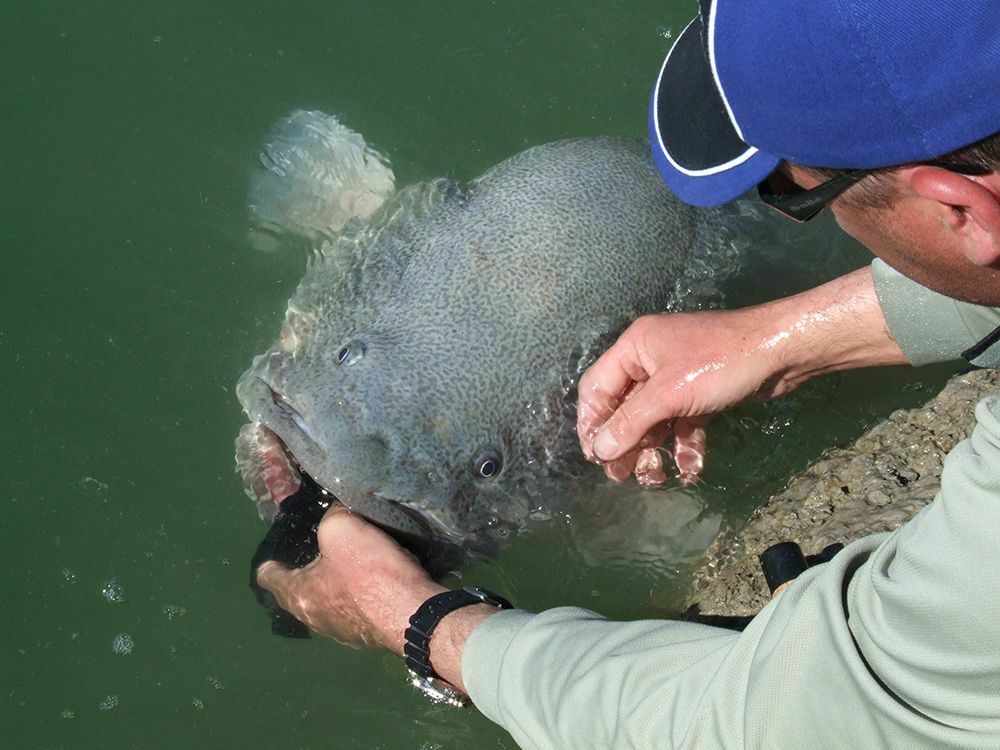



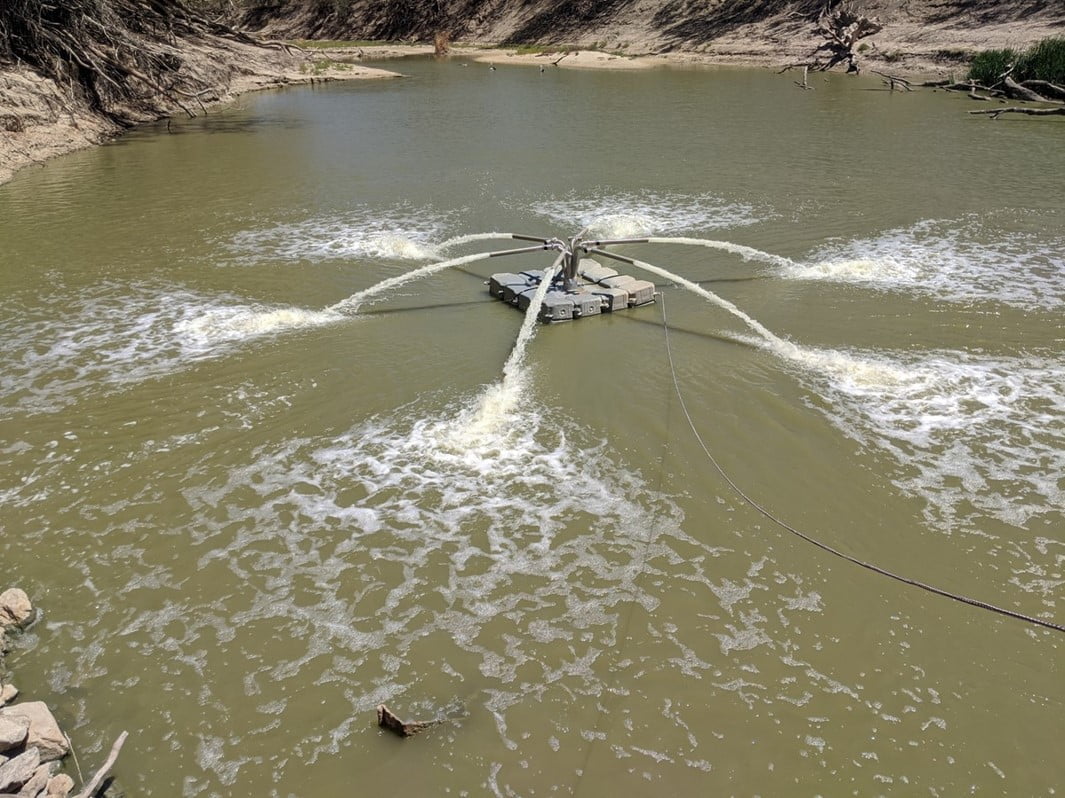

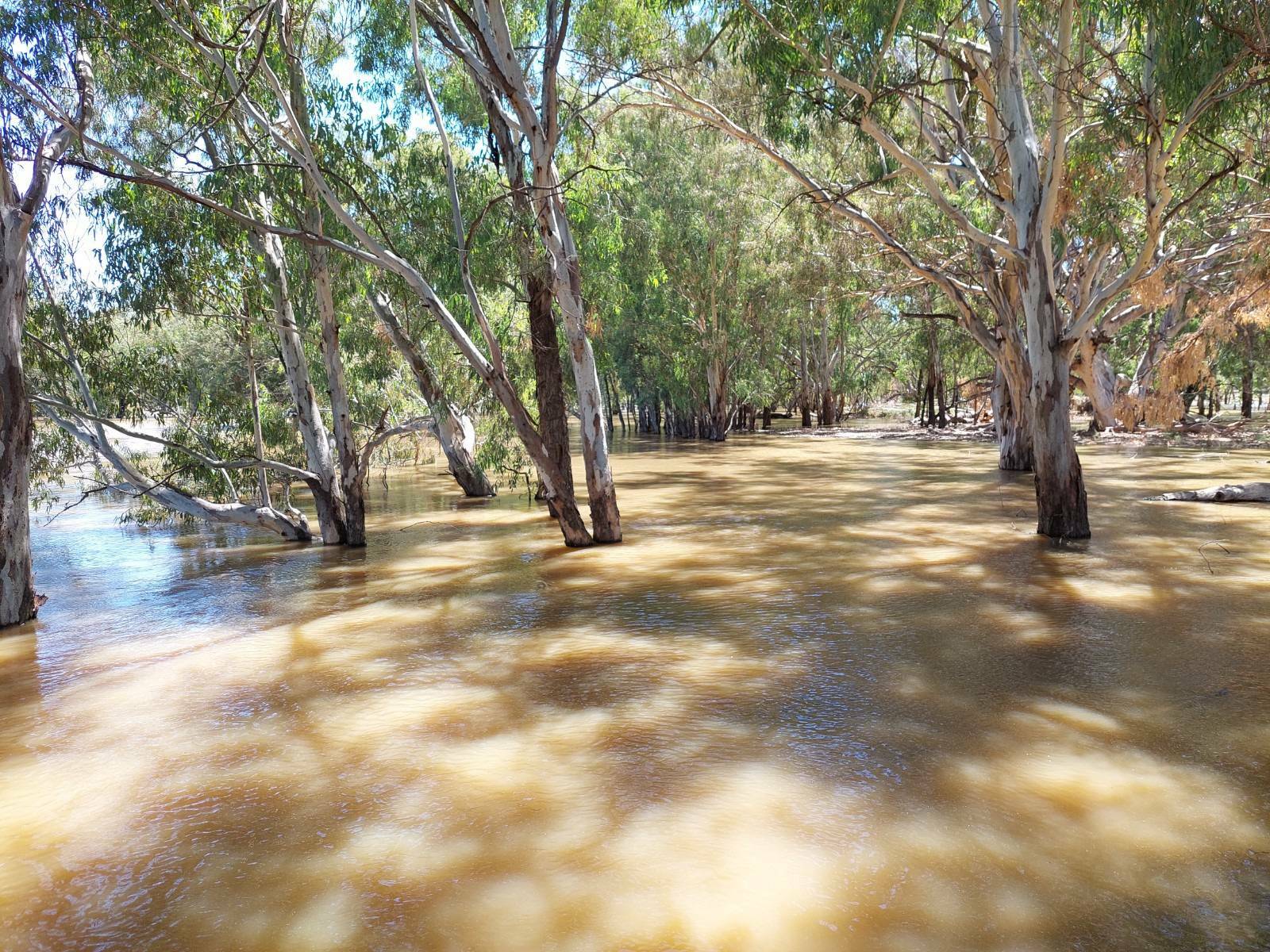

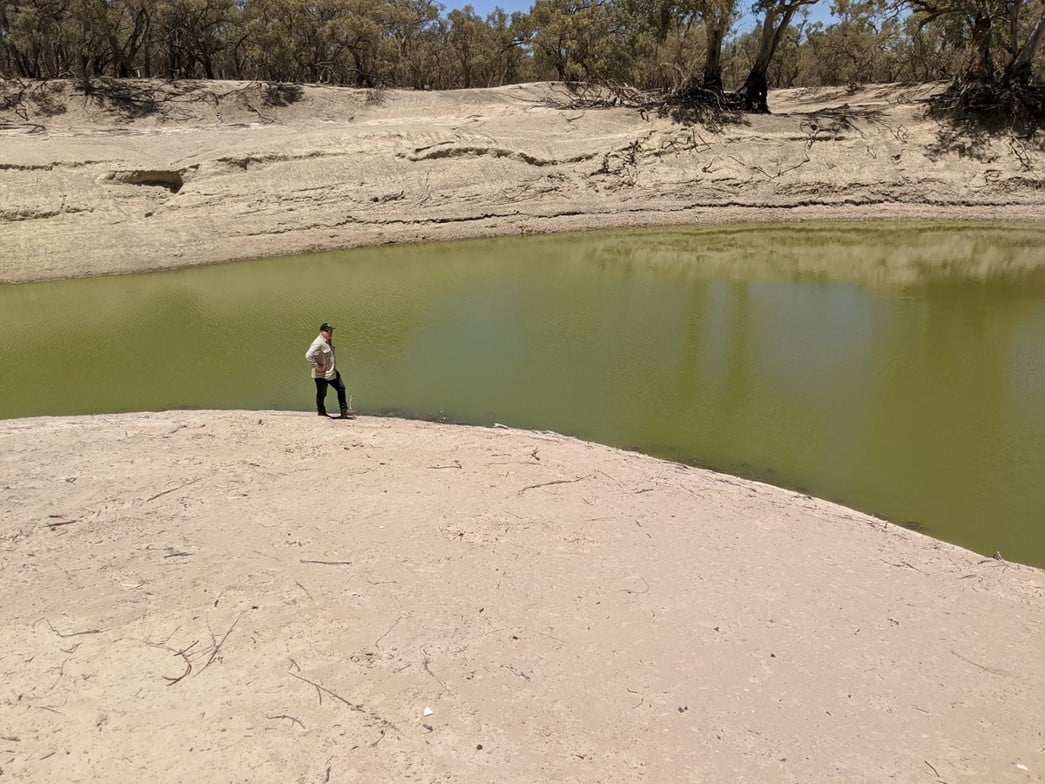
Fish Community Monitoring report (August 2023)
- Varied responses were observed in species abundances in the study reaches, attributed to the various life-history traits and reproductive strategies of native fish.
- The abundance of some native fish species in the LDBR has declined (in comparison to data collected since 2019) following the fish deaths events of early 2023.
- Murray Cod and Golden Perch abundance has declined in comparison to previous data collected since 2019.
- There were consecutive years of Murray Cod spawning in the LDBR between 2020-2021 on the back of water for the environment delivery.
- Carp were the most abundant species caught during the 2023 sampling.
- The results presented a fish community in continued stress. This is despite earlier demonstrated recovery of native fish from 2020-2022, driven by natural flows and deliveries of water for the environment to the LDBR.
- Sustained and holistic management actions are needed for native fish protection and recovery, with continued monitoring guiding and tracking the effectiveness of these actions in the region.
- With appropriate flow regimes, native fish communities will gradually recover, although catastrophic events such as fish kills related to lack of flow or hypoxic blackwater will hinder, and potentially undermine this recovery. Being long-lived, recovery of local populations of Murray Cod, Golden Perch and Silver Perch will take time.
Source: Fish kills in NSW – NSW DPI
Working with community:
There will be a number of activities with key stakeholders relationships in the Lower Darling region to provide on-ground coordination and information sharing across fisheries-related activities:

UPDATE: POSTPONED DUE TO LIKELY FLOODING
New date to be confirmed soon.
With the Menindee Lakes again full, one downside is that pest carp are booming. The Native Fish Strategy coordinator has engaged OzFish to run a community fishing competition to remove as many as we can! Fishing, food, and fantastic prizes are expected to lure young and old recreational fishers and raise awareness of the plight of native fish. Iain will present on native fish outcomes and challenges under the strategy.
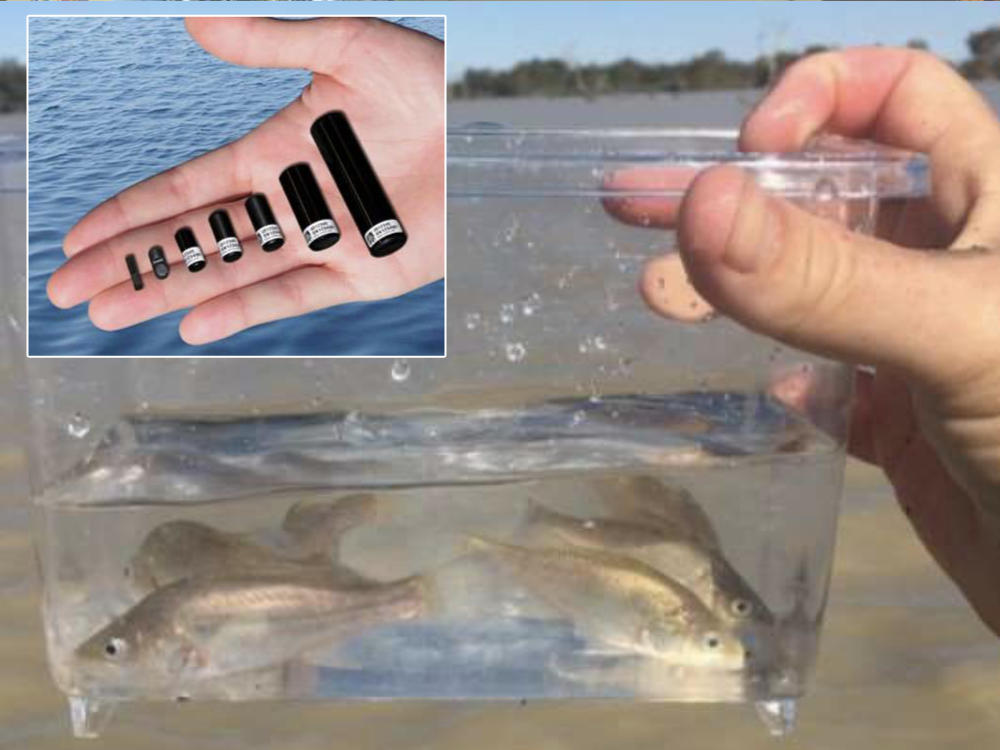
Iain provides regular updates to local stakeholders including landholders. In his 1st April 2022 update on fish recovery and monitoring, in collaboration with DPI Environment, Energy and Science, he discussed a range of issues related to flow, including efforts to track Golden perch.
You can catch Iain speak about fish, flow and water quality at the River Reflections Conference in Mildura, 2 June 2002.
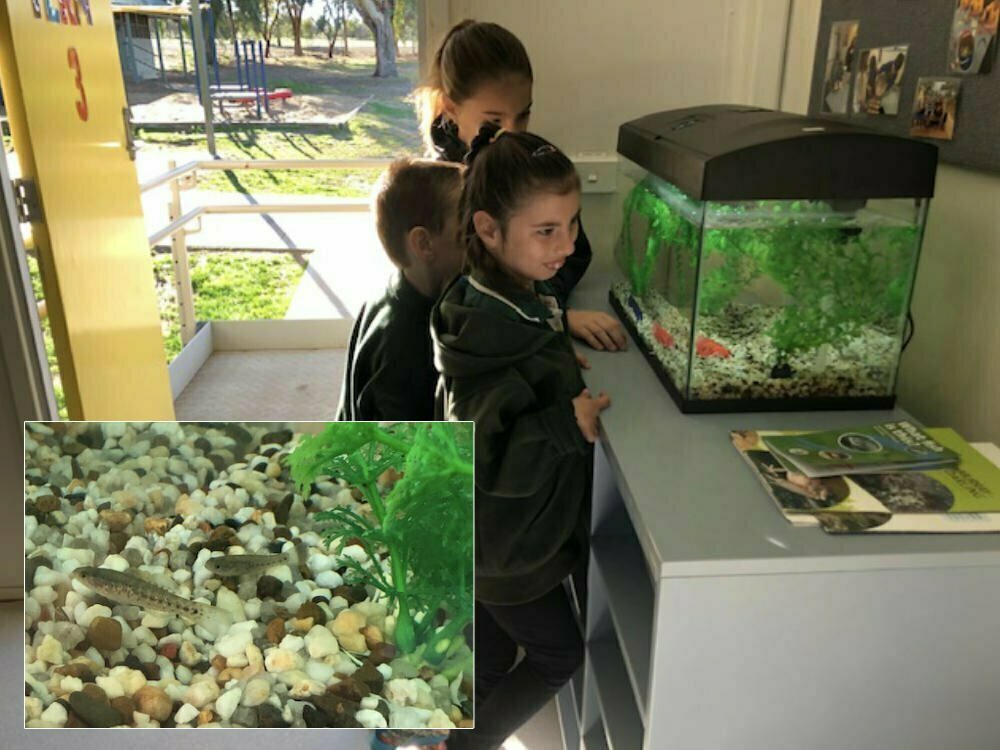
Purple-spotted gudgeon are native to the Murray-Darling Basin. Unfortunately, they are no longer found in the Lower Darling-Baaka River. Students from Pooncarie Public School are caring for a small school of Purple-spotted gudgeon in this tank to build awareness in their community around the importance of healthy rivers. Another tank is also located at BMEET – Barkindji Wiimpatya Murra Centre.

Iain presented at the Mildura Thinking Fish Forum in February 2022. This OzFish run event was designed to educate and inspire local community members and organisations to participate in local restoration efforts, benefitting waterways across the Mallee region. Iain spoke about the fundamental role flow plays in supporting the survival, movement, and breeding of native fish.

Iain ran two webinars in November 2021 with the first providing an update on native fish recovery in the reach and the second discussing how flows are planned for native fish in the Lower Darling-Baaka. In the second webinar Iain was joined by Richard Mintern and Ivor Stuart.
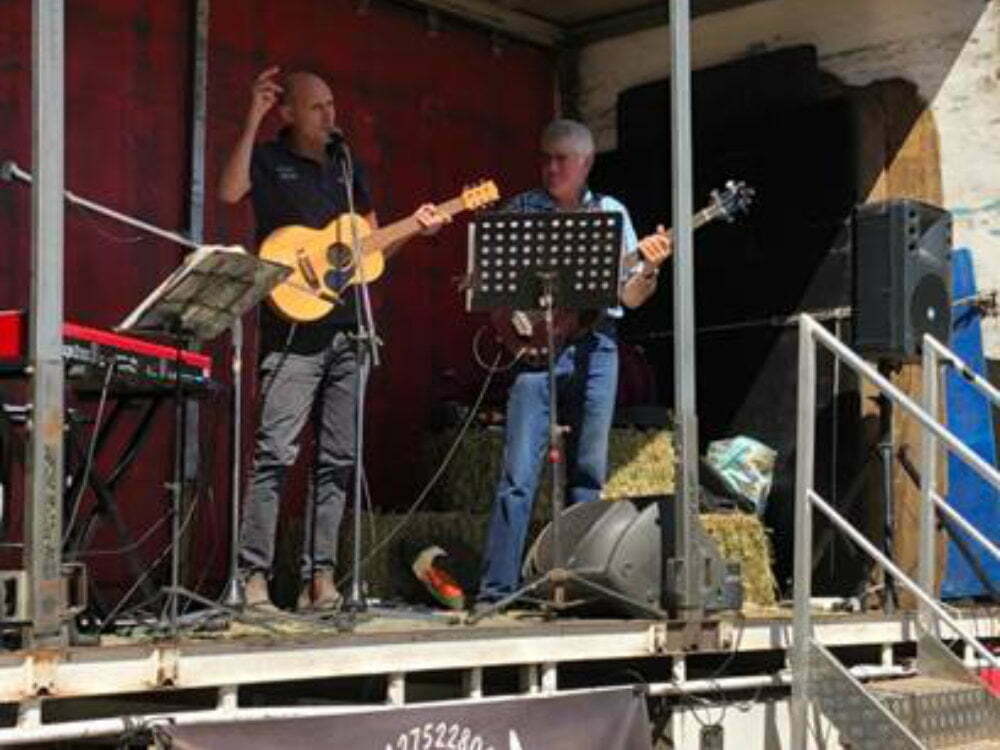
Iain had an information stand in conjunction with the MDBA and DPI Fisheries Fish Care at the Pooncarie “Ballads on the Baaka” (in March 2021). May have even played a few songs!
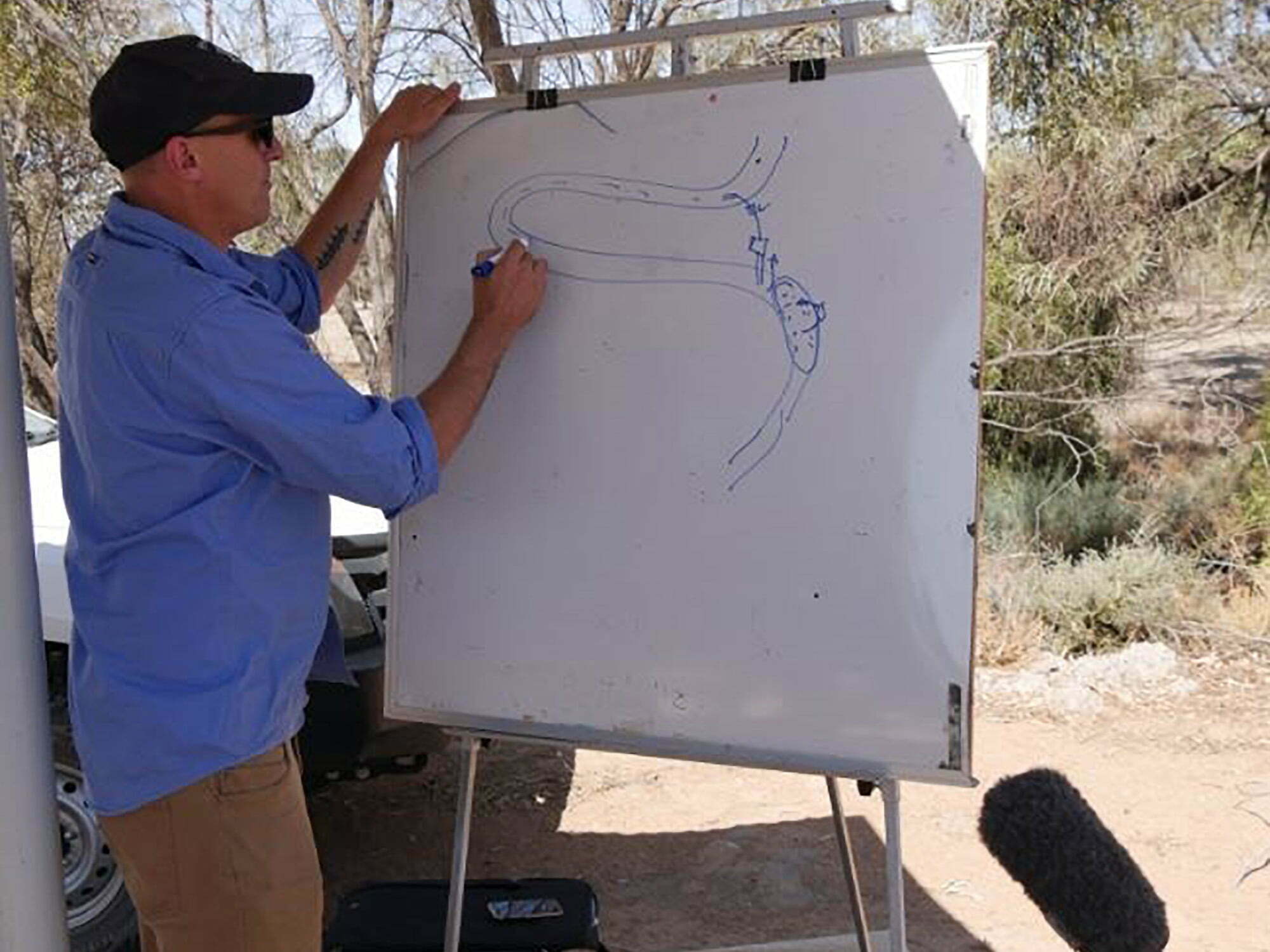
A community workshop was held in Menindee in late November 2019 to kick off on-ground engagement. It is hoped that more events like this one will provide a channel for more effective public engagement and local knowledge to be incorporated into research activities. It will also assist researchers and managers to dispel misinformation associated with particular topics and addressing wider community issues/concerns.
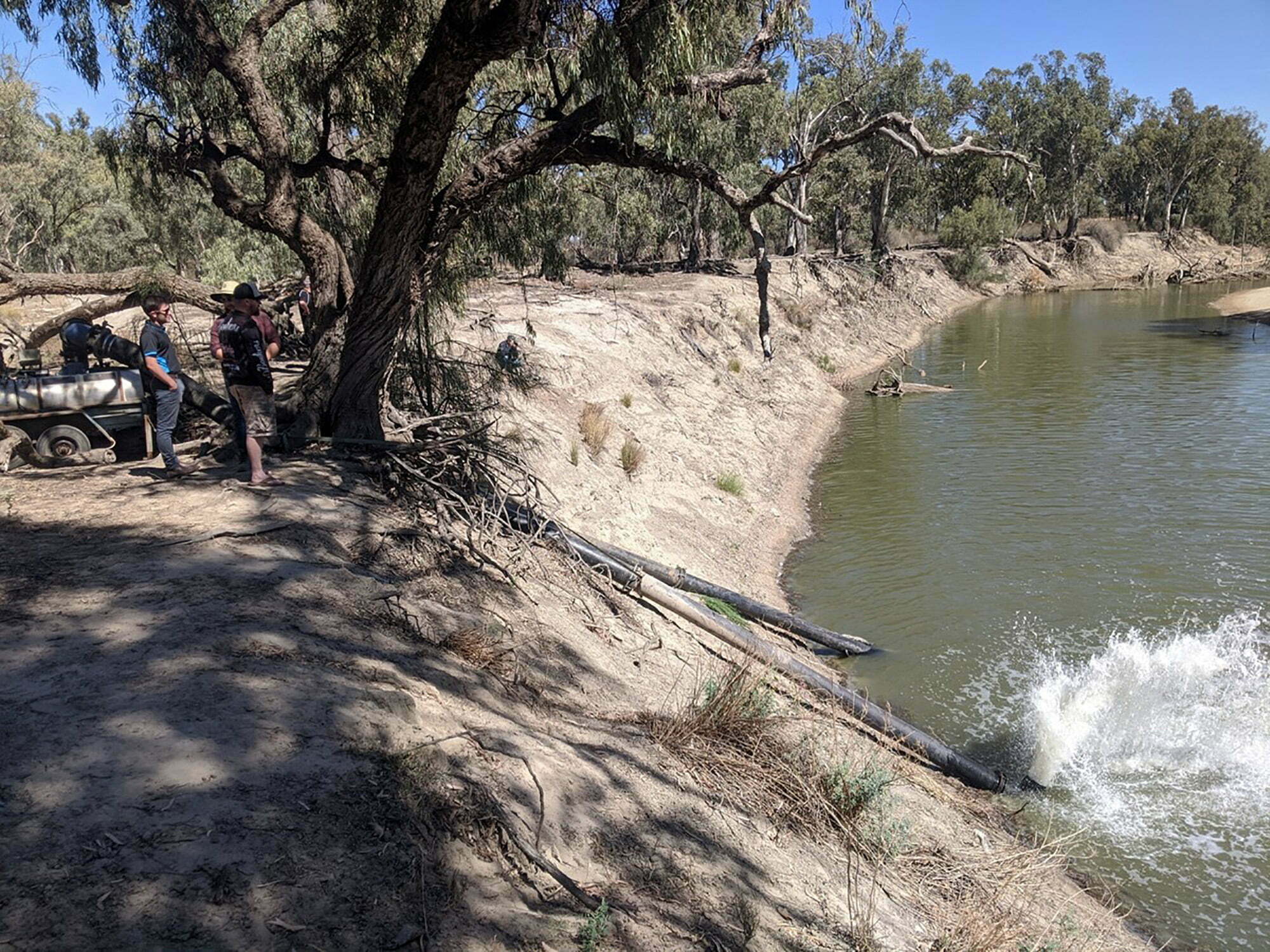
Training in the use of monitoring equipment and data collection through photo-point monitoring will be provided so that community members can create photo point time series, or use photo diaries to document changes in their river, ideally pre and post drought recovery. Water quality units will also be made available for use by community members so that water quality data relating to assessing the effectiveness of aeration units Fisheries and the MDBA have installed in 2019-20 can be gathered.

A “Fish, Flows and Cultural outcomes for the Lower Darling River “program will also be established so that Aboriginal voices are heard in water management activities and decision making. This will involve working with local Barkindji representatives so that they can inform future water management activities and decision making. This program is intended to align with the development of a “Healthy Country Program” by the Barkandji Native Title Group Aboriginal Corporation.

Meet the coordinator: Mick Bettanin
Mick is the new coordinator of the Lower Darling-Baaka Recovery Reach. With over ten years’ experience in fisheries protection, research and environmental compliance, Mick brings a wealth of experience to the Recovery Reach.
For more information:
Please contact Mick Bettanin, Senior Fisheries Manager – Habitat Rehabilitation | Freshwater Environment Branch
- Phone: 02 6496 8203
- Email: mick.bettanin@dpi.nsw.gov.au

The Native Fish Recovery Strategy will supplement and build on existing knowledge, generated under the previous native fish strategy and will be implemented collaboratively with Basin state governments, First Nations and the wider community. It’s development will be delivered concurrently with the implementation of high-priority implementation activities including the Lower Darling Fish Monitoring and Engagement program and the Native fish emergency response plan.
Main photo: Lake Pamamaroo in November 2020.
Photo credit: David Sickerdick.
